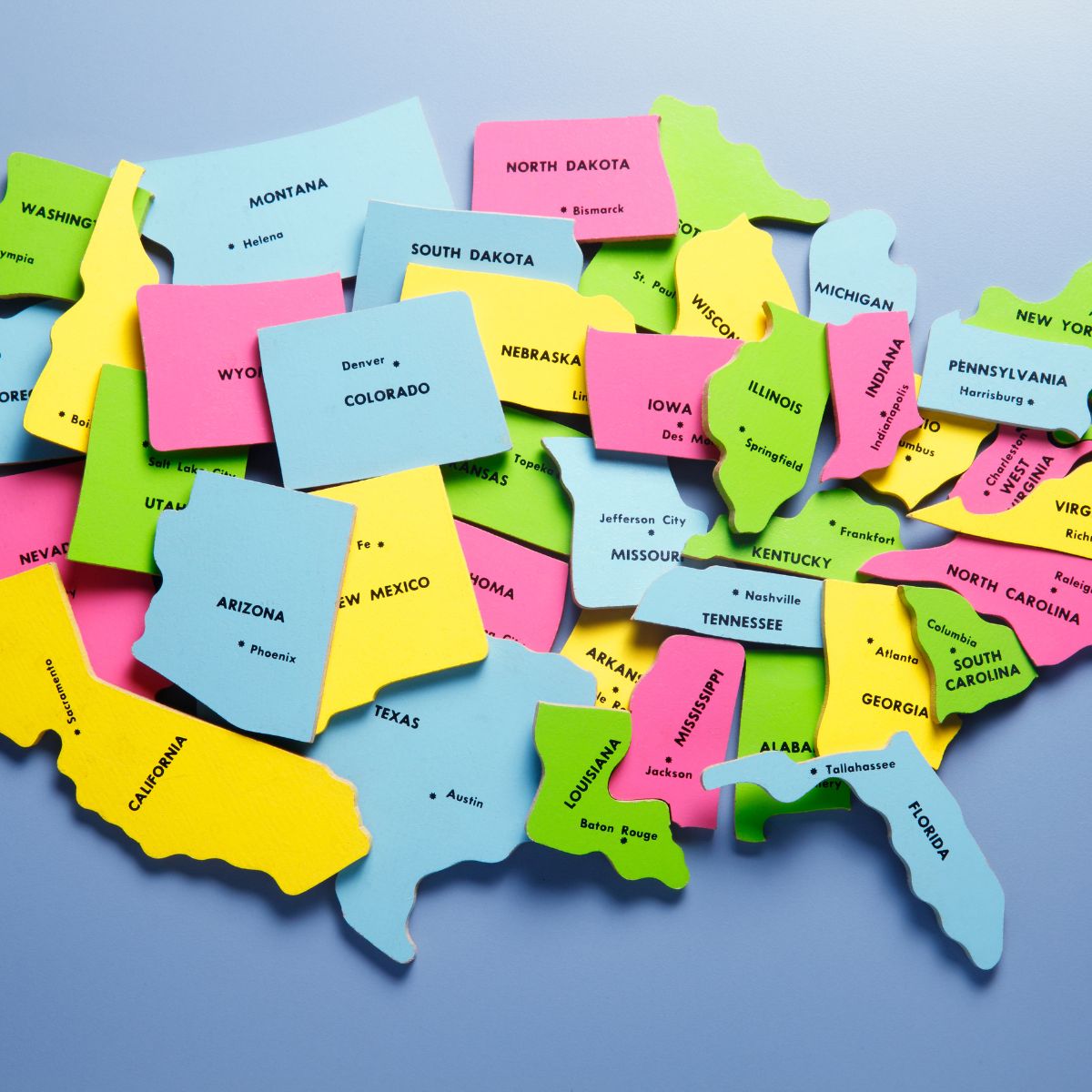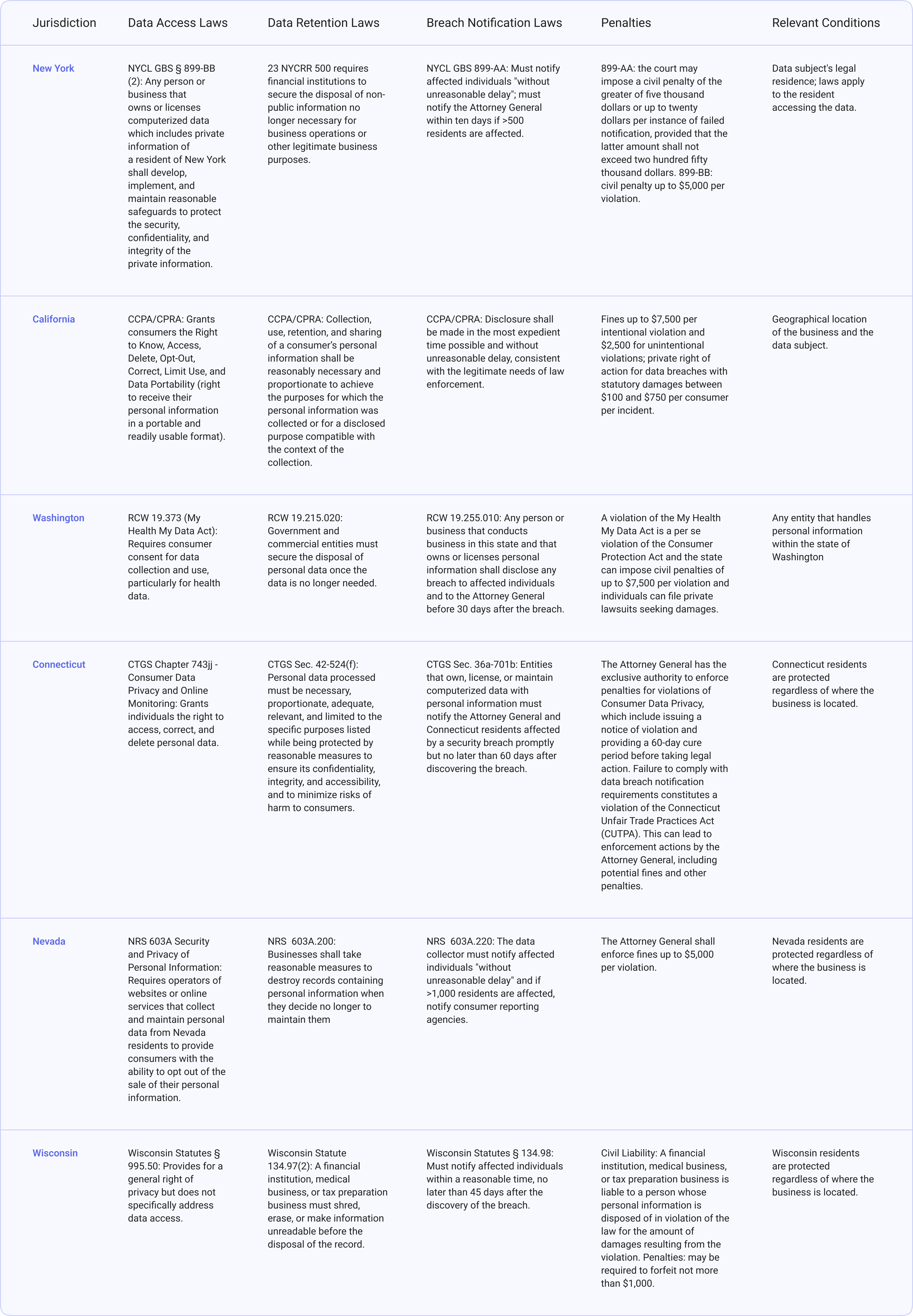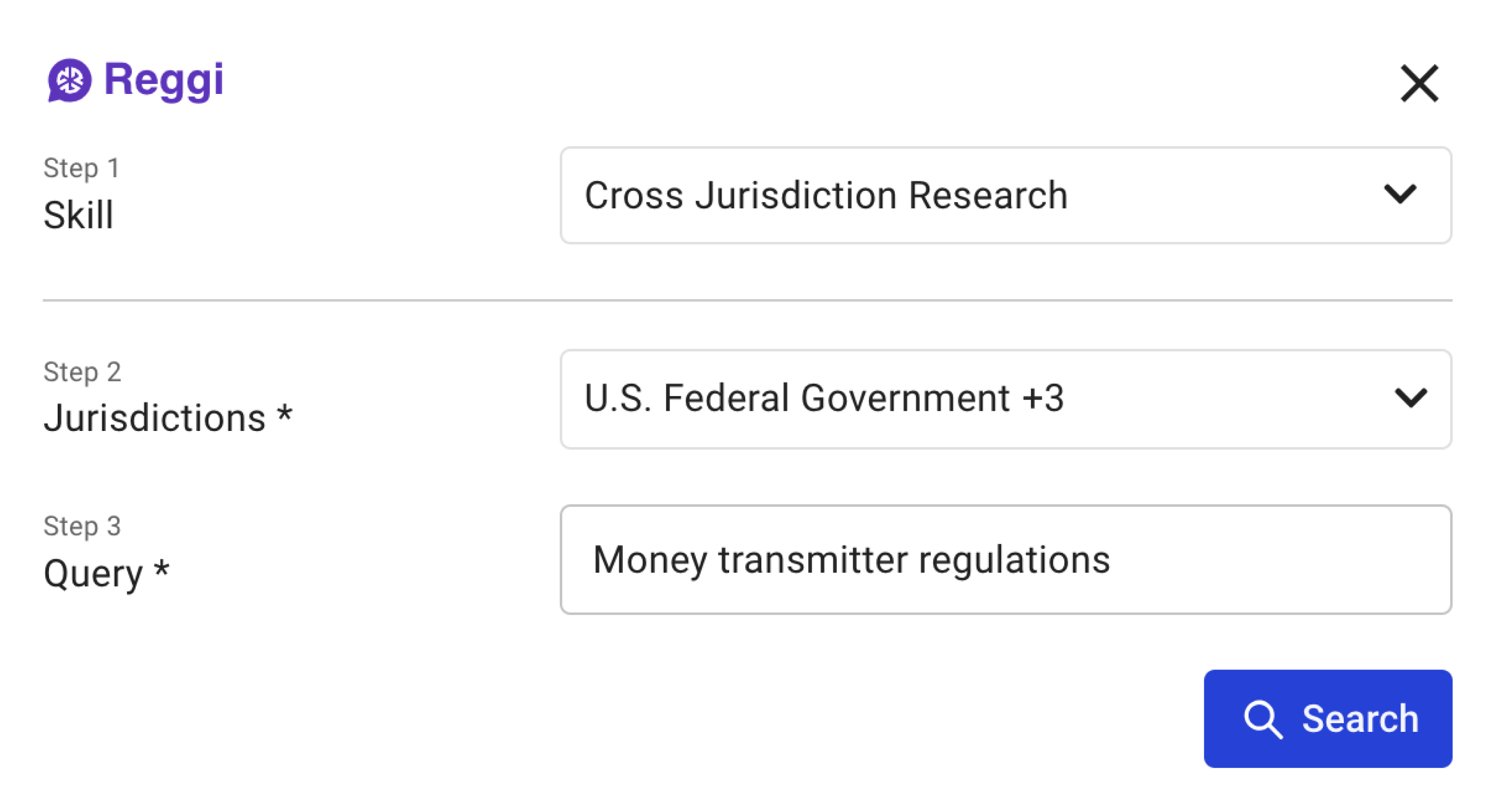
Back

Back
industry

Back

Back




In today's interconnected global economy, multi-jurisdictional legal research is essential. Legal professionals and organizations must contend with complex laws and regulations that can vary drastically in different locales. Understanding these differences is not just a matter of compliance; it can significantly impact the outcome of business strategies. Whether it's a corporation managing cross-border transactions or a court interpreting conflicting state laws, conducting thorough legal research across multiple jurisdictions means dealing with very similar challenges. In this blog, we will highlight key obstacles in multi-jurisdictional legal research as a whole, providing examples from court operations as well as the corporate side.
It is no secret that laws and regulations are a direct product of their environment—socio-political, economic, cultural—and as such, every jurisdiction will have its own flavor of regulatory wording, substance, and effect it will produce. Legal practices, administrative procedures, and terminology vary across the US, and meticulous attention to detail is required in legal research when comparing laws and regulations across a diverse legal environment.
In her peer-reviewed paper (“How do they do it there?...”) on conducting cross-jurisdictional research with judges and court staff, Paula Hannaford-Agor remarks: “My colleagues and I frequently joke that every table we publish about court operations has at least 50 footnotes, with each footnote explaining how the referenced state differs from the other 49 states on the relevant data element.”
Alongside local jurisdictional sensitivities, laws can also be as clear as mud. In many jurisdictions, formal laws governing court operations and decisions are intentionally vague or broad to enable local legal professionals to exercise discretion and tailor the law to local or individual needs. So, not only do researchers have to contend with legal variety but also with ambiguity left to interpretation.
“A major complicating factor in multi-jurisdictional court research is often the lack of common terminology and definitions to help researchers know whether they are, in fact, studying apples or some other type of fruit or something else entirely (maybe household furniture). Even something as simple as the name of the court can increase the risk of inadvertently comparing disparate data. In New York State, for example, the general jurisdiction trial court is called the Supreme Court while in most other states that name refers to the highest level of appellate court within the state,” continues Hannaford-Agor.
This is why legal researchers and regulatory compliance professionals often have to work closely with the regulatory bodies in their organization's jurisdictions, developing a glossary of key terms and definitions, clarifying ambiguities, verifying the context and meaning of legal terms, and so on.
Once regulatory information is gathered and organized in a spreadsheet or a database (by jurisdiction, regulatory authority, statutes and regulations, key requirements, enforcement mechanisms, compliance deadlines, etc.), it is time to organize the data by regulatory area to make comparisons easier. Mapping out the regulatory requirements for each jurisdiction, researchers break down complex regulations into manageable components for detailed analysis.
Consider an example scenario from a study on reconciling multi-jurisdictional legal requirements with data transfers across multiple jurisdictions in the United States. A resident from New York State, while visiting relatives in Nevada, accesses an online account she holds with a Wisconsin-based business. The business stores her data with a cloud service provider (CSP) that keeps the data in a Connecticut facility. Each step in this data flow must comply with state laws governing data access, retention, and breach notification. These laws are influenced by various legal conditions, including the geographical locations of the business and data (Wisconsin, Nevada, and Connecticut), as well as the location and legal residence of the data subject (Nevada and New York).
In order to compare requirements across jurisdictions, legal research needs to examine pairs of textual requirements to identify both similarities and differences. They should also list legal requirements and ensure traceability by referencing the specific sections and paragraphs in the original texts.

That is just one example of a legal matrix for a fairly homogeneous case: US data breach notification laws are largely analogous, as opposed to comparing laws from finance to healthcare, which describe different domains and risks to privacy and security. Organizations can have tens of thousands of requirements to map and continuously fine-tune as the regulations change and new ones are introduced—sometimes, on a monthly basis. A single regulatory change can reverberate through multiple regulatory topics across many jurisdictions. In 2023, Regology captured 707,834 change events in the US, spanning all bills, regulatory changes, and agency updates. The banking industry alone accounted for more than 8,000 of those events.
To process this volume of regulatory information, legal research and compliance teams still rely heavily on manual processes (such as reviewing authoritative documents side by side) and spreadsheets. However, these departments, even in a large organization, are relatively small, with 41% of companies having somewhere between one and five dedicated employees, as our 2024 State of Compliance Survey suggests. Leveraging third-party firms and legal consultants is a viable option; however, there is a higher price tag associated with them.
So, how do you avoid a race to the bottom of best practices when abilities may be restricted and budgets are tight?
Companies may choose to hire in-house experts with knowledge of local jurisdictional nuances, including which requirements are routinely enforced or ignored, and experts may prioritize requirements differently based on their individual judgment. There are also tools available today that can help supplement multi-jurisdictional research with large-data processing and analysis. These software tools—virtual legal research assistants, enabled by generative AI (GenAI)—can help automate side-by-side document reviews, extract specific requirements from legal texts, provide summaries, and more.

This way, instead of spending hours cross-referencing regulatory documents or continuously seeking expert opinions, a GenAI assistant can help understand, analyze, and generate content based on vast and complex data sets.
It can also flag any changes or updates in these regulations.

So, from a data volume perspective, multi-jurisdictional legal research tools like Reggi, for example, have a lot of computational brawn that can reduce days’ work into a few hours, saving significant time and costs.
GenAI assistant is definitely a great tool to have in the legal research toolkit, considering that the number of laws and regulations is growing exponentially year-on-year to address the evolving needs and challenges of modern society: new technology, environmental protection, globalization, etc. A lot of attention still needs to be paid to the finer details of regulatory interpretation, contextual understanding, bias, and ambiguity, particularly when conducting multi-jurisdictional comparisons with GenAI.
In the foreseeable future, GenAI is expected to serve as support for human skills overall, and legal reach and compliance roles are evolving to become more strategic than administrative. It all boils down to the speed of execution; hence the widely-used phrase "AI won't replace humans—but humans with AI will replace humans without AI." In this new paradigm, compliance professionals will leverage AI's computational power and use their expertise, judgment, and ethical considerations, ensuring a more balanced and efficient approach to legal research and compliance management.

